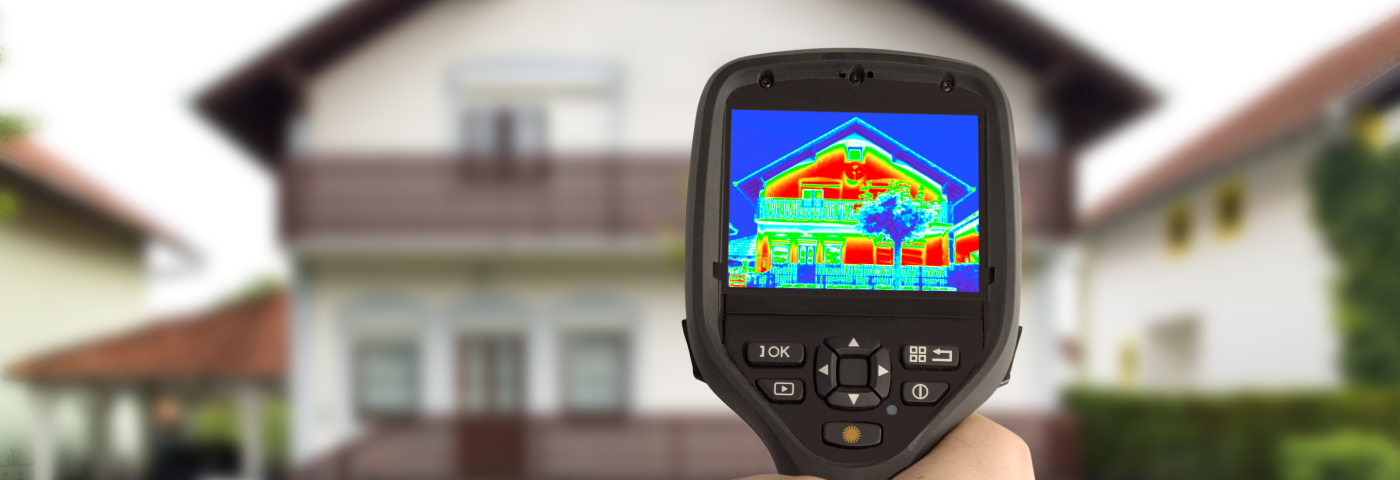Key Highlights
- By 2035, Britain's government wants to provide all homes and businesses with inexpensive, clean, and secure electricity.
- UK power generation has reduced its carbon intensity by almost 50% in the past decade.
- Fossil fuels supply 85% of the UK's heating.
- Most of the 5% of low-carbon home heating comes from electric heat pumps, wood stoves, and biomass boilers.
- District heating, heat pumps, and hydrogen boilers should be explored in the UK. They should also ensure low-carbon heating performs like central gas heating.
The government of Britain has outlined plans to ensure that all homes and companies in the country have access to cheap, clean, and secure electricity by the year 2035. The United Kingdom also aims to reach its 2050 Net Zero carbon emission targets.
The industry challenges
Over the previous decade, the UK has seen a more than 50% reduction in the carbon intensity of its power generation, whereas the provision of heat has not seen a similar decarbonisation.
At the moment, fossil fuels provide for the majority of the nation's heating needs, with 85%, or around 24.5 million residences (and more than two million businesses), being supplied directly by the mains gas infrastructure. 8.6% of residents use electricity from classic storage heaters or modern heat pumps to provide heating, compared to 4.1% who use heating oil, 0.8% who use solid fuel, and 0.7% who use liquid petroleum gas (LPG).
Electric heat pumps, wood stoves, and biomass boilers account for the vast majority of the 5% of home heating that is currently low carbon. There is a widespread lack of thermal efficiency in the UK's housing stock, resulting in problems with moisture, draughts, condensation, mould, and overheating for about two-thirds of residents.
If the UK is to meet its climate change goals and minimise its carbon footprint, residential buildings must become more energy efficient. Aside from the obvious health benefits, lower energy costs and increased thermal comfort also benefit residents.
Potential pathways toward heat decarbonisation
The United Kingdom should explore different ways to help with heat decarbonisation. Some of these options include the following:
- District heating – Using a network of well-insulated pipes, communal heating systems distribute hot water to the radiators of many buildings and residences.
- Heat pumps – Electrical current is used to run heat pumps. The appliance functions similarly to an inverted refrigerator. In order to heat water for radiators, you can choose between two different types of heat pumps: air-source and ground-source.
- Hydrogen boilers - Provide heated water to radiators and operate similarly to conventional natural gas boilers in their intended use.
The nation also needs to innovate and invest in low-carbon heating. Installing a new heat pump or hydrogen boiler isn't enough to convert over 30 million households to low-carbon heating. The government and other innovators should ensure that low-carbon heating will give good services like gas central heating.
Nearly 40% of the UK's carbon footprint is attributable to heating water, buildings, and factories. However, there is an opportunity here to make UK hospitals less carbon-intensive. Some of the actions that can be taken are the following:
- Start heating emissions
- Examining the ways to reduce carbon emissions
- Stress the importance of heat pumps and district networks
Since heating accounts for a significant percentage of the United Kingdom's total carbon emissions, cutting this source of pollution is crucial to getting to Net Zero and, hence, requires the involvement of innovators.
References:
A Guide to Decarbonisation of Heat - Energy Systems Catapult
Plans unveiled to decarbonise UK power system by 2035 - GOV.UK (www.gov.uk)
Whether you have previously participated in All-Energy & Dcarbonise, or are joining us for the first time, we look forward to seeing you in Glasgow in May 10-11, 2023

